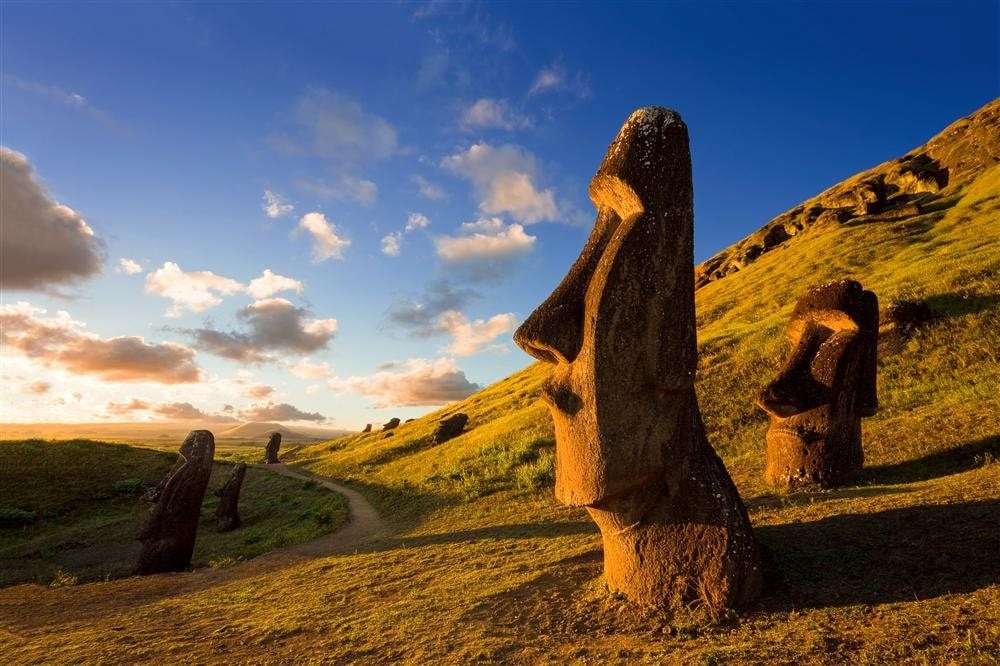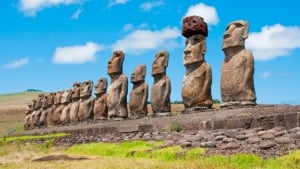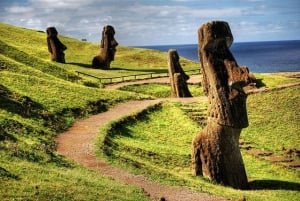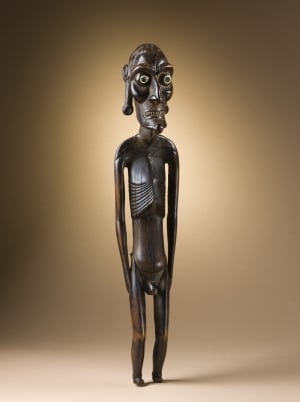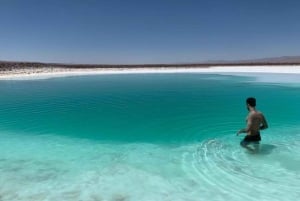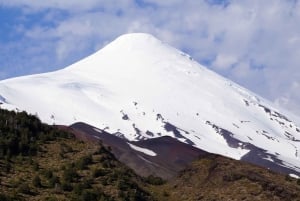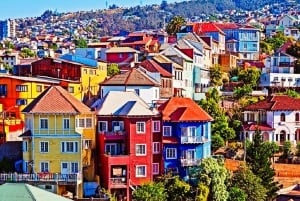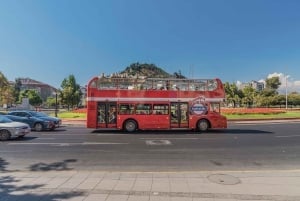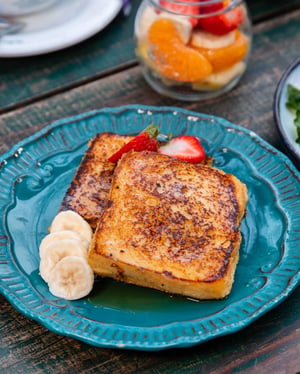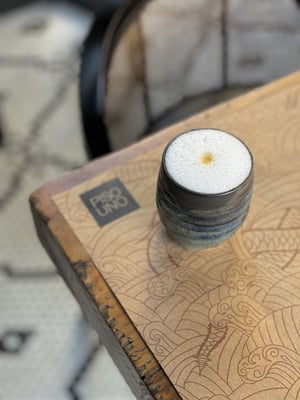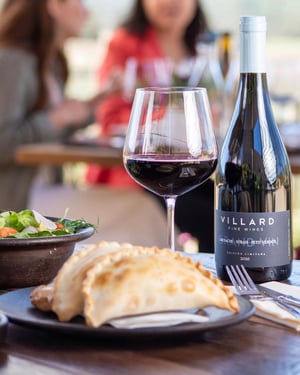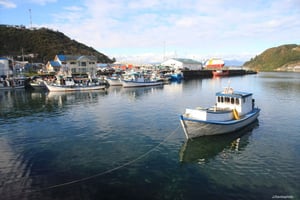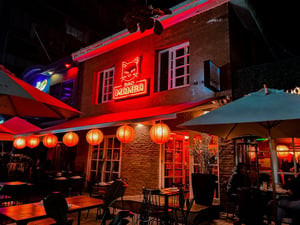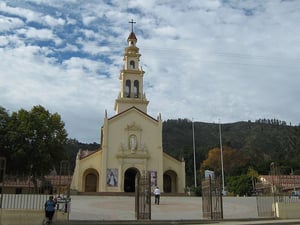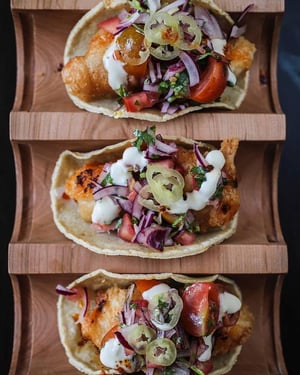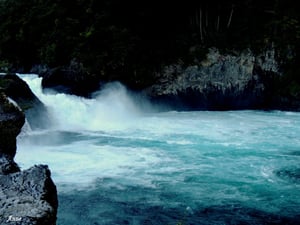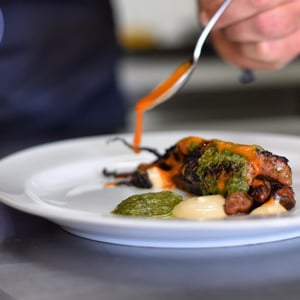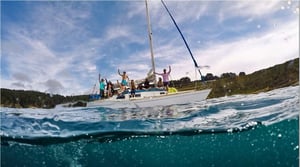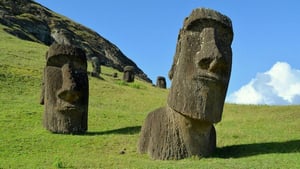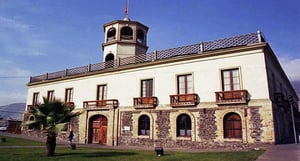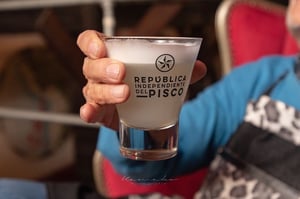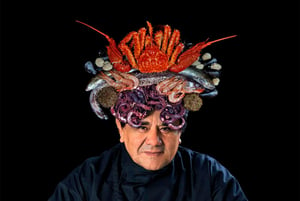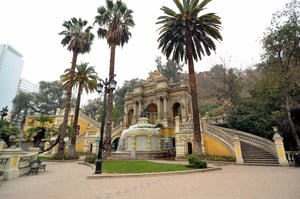Moai kava kava is auctioned in Paris for 958 thousand dollars
The figure, taken from Rapa Nui in 1868, went through private collections before arriving at the auction at Christie's
Book Top Experiences and Tours in Chile:
If youʻre booking your trip to Chile last minute, we have you covered. Below are some of the top tours and experiences!- Santiago: 1-Day Hop-On Hop-Off Bus and Cable Car Ticket
- Ushuaia: Penguin Watching Tour by Catamaran
- San Pedro Atacama: Baltinache Lagoons
- Santiago: Cajon del Maipo/Embalse del Yeso Tour with Picnic
- Marqués de Casa Concha: Wine Tasting at Concha y Toro
The kava kava moai corresponds to a classic Rapanui piece. Carved in wood, with an elongated appearance and marked ribs, according to the story the figure is used to protect families from evil spirits. In the case of the moai auctioned by Chritie's, it was removed from the island in 1868 when the British frigate HMS Topaze went through the place and took two other stone moats, currently exhibited in the British Museum, the Hoa Hakananai'a and the Hava.
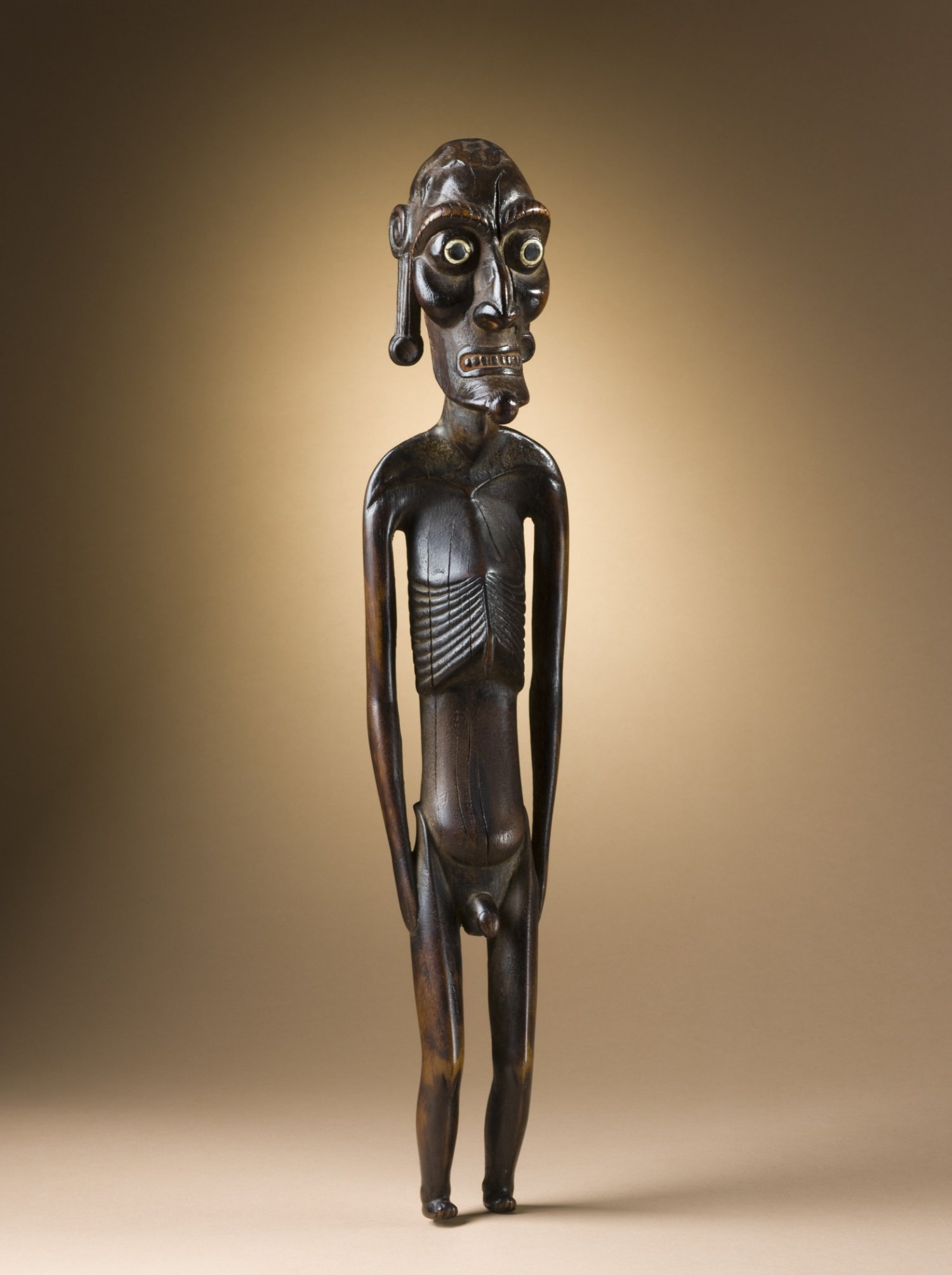
Because the extraction of the kavakava moai was in 1868, the figure is not covered by the current legislation that protects Rapa Nui heritage. Only in 1888 Easter Island was annexed to the Chilean territory and in 1935 it began to have protection from the State when it was declared a Historical Monument.
Currently the Ministry of Cultures works on an agenda that will allow the restitution of archaeological pieces to Rapa Nui from the Natural History Museums of Santiago and Valparaíso, as well as the Kon Tiki Museum in Norway. In the future, the construction of a new Archaeological Museum on the island is expected.


